PRS USA Silver Sky vs SE Silver Sky
It might use the name and overall design of the USA model, but the new SE Silver Sky has many more differences than it seems at first glance. We investigate...

The majority of PRS’s SE models are based on prior or existing USA models, as you’d expect. The SE Silver Sky is the first bolt-on in the range, and while it’s not obvious from a few metres away – indeed, this version might look identical to the USA model – just about every part has been re-engineered and there are virtually zero ‘off-the-shelf’ parts or components.
PRS USA Silver Sky
- PRICE: $2,549/£2,695 (inc gigbag)
- ORIGIN: USA
- TYPE: Double-cutaway solidbody electric
- BODY: Alder
- NECK: Maple, 635JM profile, bolt-on
- SCALE LENGTH: 648mm (25.5”)
- NUT/WIDTH: Bone/42.35mm
- FINGERBOARD: Rosewood or maple, small bird inlays, 184mm (7.25”) radius
- FRETS: 22, small
- HARDWARE: PRS-designed steel block vibrato, PRS-designed vintage-style locking tuners – nickel-plated
- STRING SPACING, BRIDGE: 53.5mm
- ELECTRICS: Three PRS 635JM single-coils, five-way toggle pickup selector switch, master volume, tone one (neck/middle), tone two (bridge)
- WEIGHT (kg/lb): 3.5/7.69
- LEFT-HANDERS: No
- FINISHES: Dodgem Blue, Golden Mesa, Midnight Rose, Moc Sand Satin, Orion Green, Polar Blue, Roxy Pink, Tungsten, Frost body with natural neck – polyester/acrylic gloss body; tinted nitrocellulose gloss neck
PRS SE Silver Sky
- PRICE: $849 / £895 (inc gigbag)
- ORIGIN: Indonesia
- TYPE: Double-cutaway solidbody electric
- BODY: Poplar
- NECK: Maple, 635JM profile, bolt-on
- SCALE LENGTH: 648mm (25.5”)
- NUT/WIDTH: Synthetic bone/41.8mm
- FINGERBOARD: Rosewood, small bird inlays, 216mm (8.5”) radius
- FRETS: 22, medium
- HARDWARE: PRS-designed 2-point steel vibrato, PRS-designed vintage-style tuners – nickel-plated
- STRING SPACING, BRIDGE: 54mm
- ELECTRICS: Three PRS 635JM ‘S’ single-coils, 5-way lever pickup selector switch, master volume, tone 1 (neck & middle), tone 2 (bridge)
- WEIGHT (kg/lb): 3.21/7.1
- LEFT-HANDERS: No
- FINISHES: Moon White (as reviewed), Ever Green, Stone Blue, Dragon Fruit – polyurethane gloss body; polyurethane tinted satin neck
Headstock Style
Probably the most polarising part of the original Silver Sky is the reverse PRS headstock. With its extended scoop from the nut to the top E tuner, it is back-angled so string trees aren’t necessary. It’s easy to identify the SE model thanks to that bold logo and the truss rod cover, which is smaller and recessed on the USA model, while the SE’s is standard for the line but made from a silver-coloured plastic that matches the tuner buttons.
Another obvious difference is the locking tuners on the USA model; the SE’s are non-locking. Both use Kluson-style backs and push-in grommets on the face, and the SE’s tuners actually feel very similar in use. The USA model features a bone nut; the SE’s is a synthetic and more like the relatively large size used on the majority of PRS electric guitars, rather than the thinner nut of the USA model that apes classic Fender style.
As with all PRS SE models from day one, this SE proudly states the factory and country of origin: “Built by Cor-Tek Musical Instruments Co., LTD Indonesia under licence for PRS Guitars.” The USA guitar, as ever, has no such marking, just the handwritten serial number.
Neck & Fingerboard
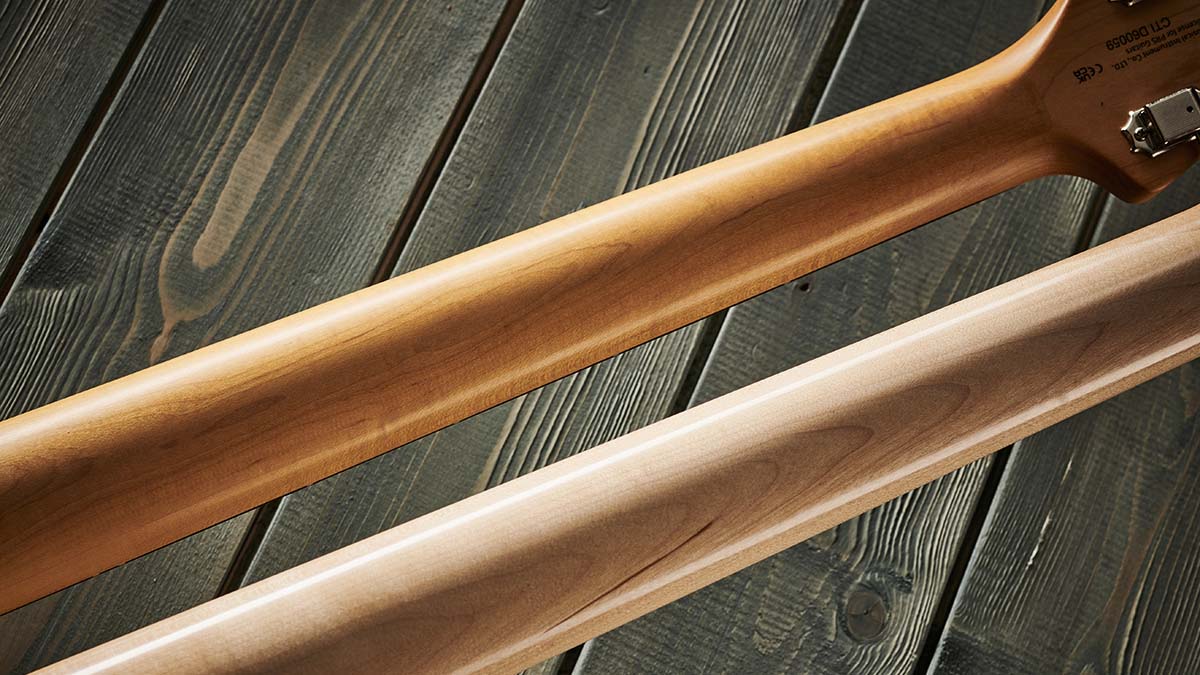
While both necks are slab-sawn maple with a scarf-jointed headstock and 22-fret rosewood ’board, that’s about as far as the similarities go. The USA Silver Sky has a gloss nitro finish to its neck back, the maple appears untinted, and there is quite a visual contrast between the pieces used for the headstock and neck back.
The SE goes for a satin polyurethane finish, lightly tinted, and the matching of headstock to neck is actually slightly better, certainly less obvious than the USA model. There’s also a light but pleasantly noticeable flame on the SE.
Both Silver Skys use rosewood ’boards, the USA model with the smaller original Fender radius of 184mm (7.25 inches), the SE’s radius slightly flatter at 216mm (8.5 inches). The edges of the US ’board are rolled slightly more than the SE, too. Both guitars use very similar smaller-sized bird inlays, and while the fret size is different it’s not by much: we measured the USA model at approximately 2.28mm wide by 1.27mm high, while the SE’s are slightly wider and lower at 2.4mm wide by 1.1mm high.
All the latest guitar news, interviews, lessons, reviews, deals and more, direct to your inbox!
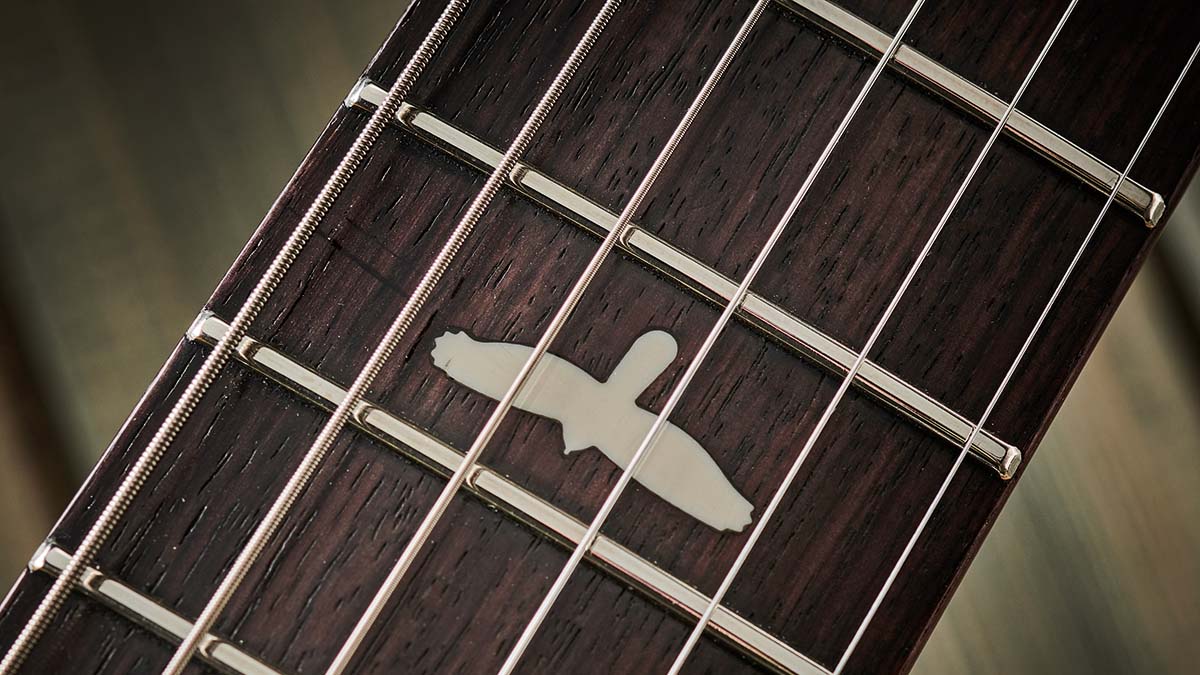
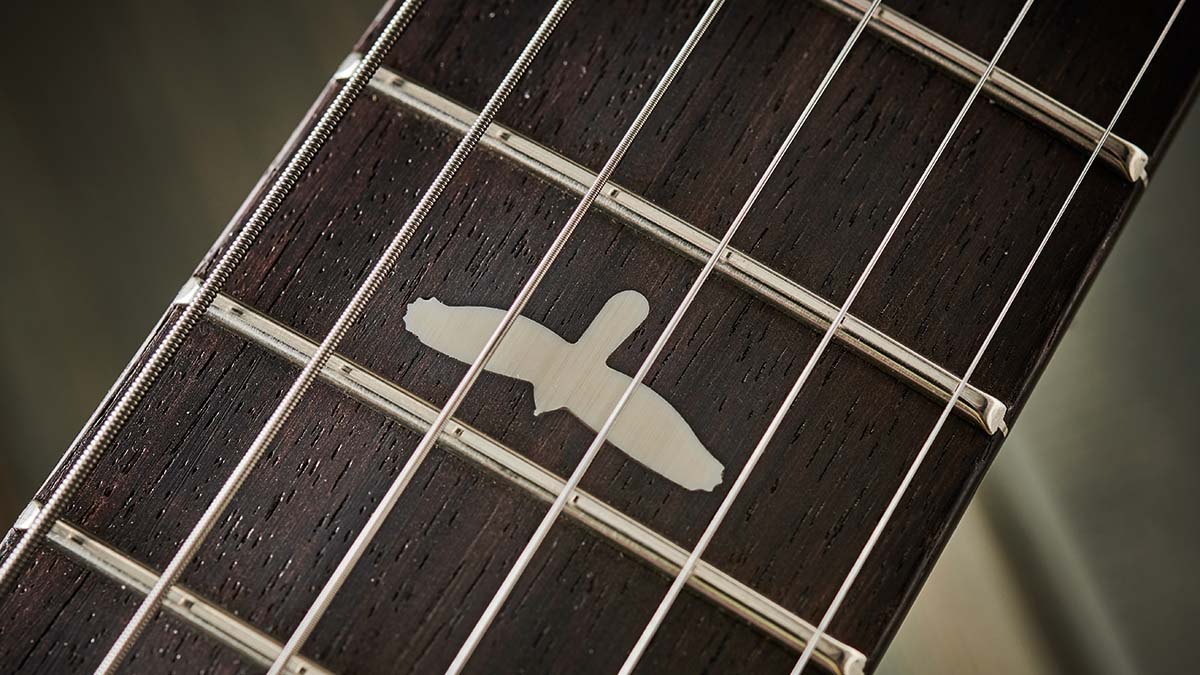
Body Features
The body wood of the SE changes from alder to poplar. This is one reason why, at 3.21kg (7.1lb), the guitar is the lightest of the Silver Sky family we’ve already tested, indeed lighter than the brand-new USA Silver Sky we’re comparing it to, which weighs in at 3.44kg (7.58lb).
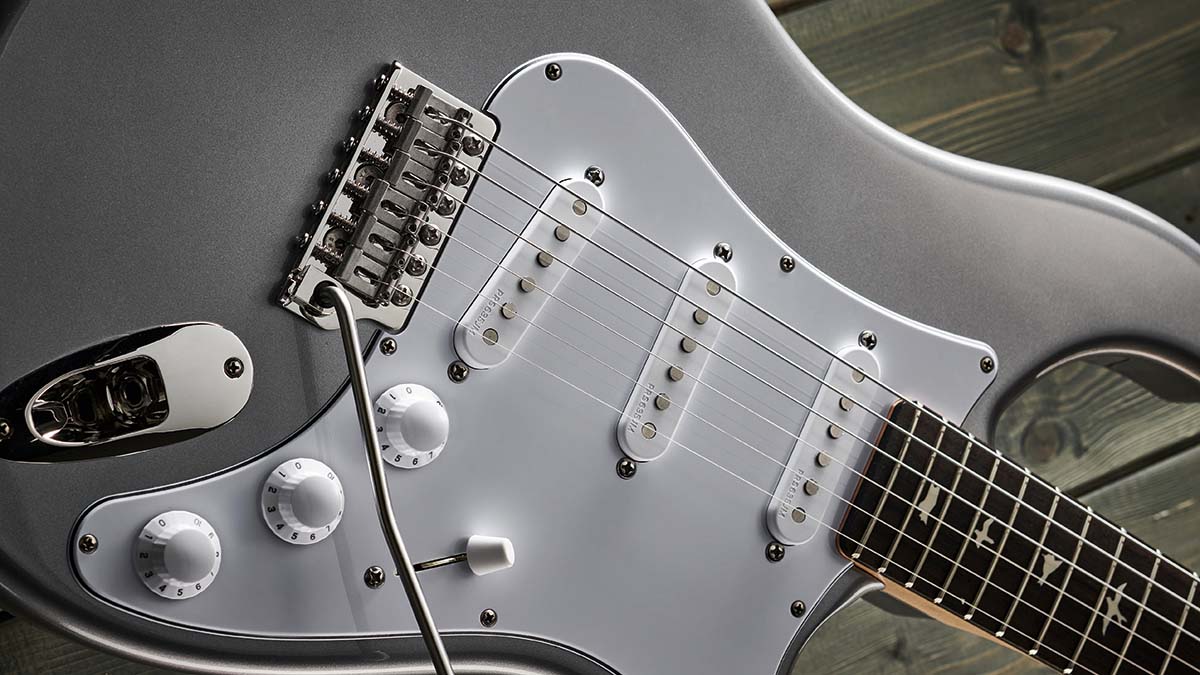
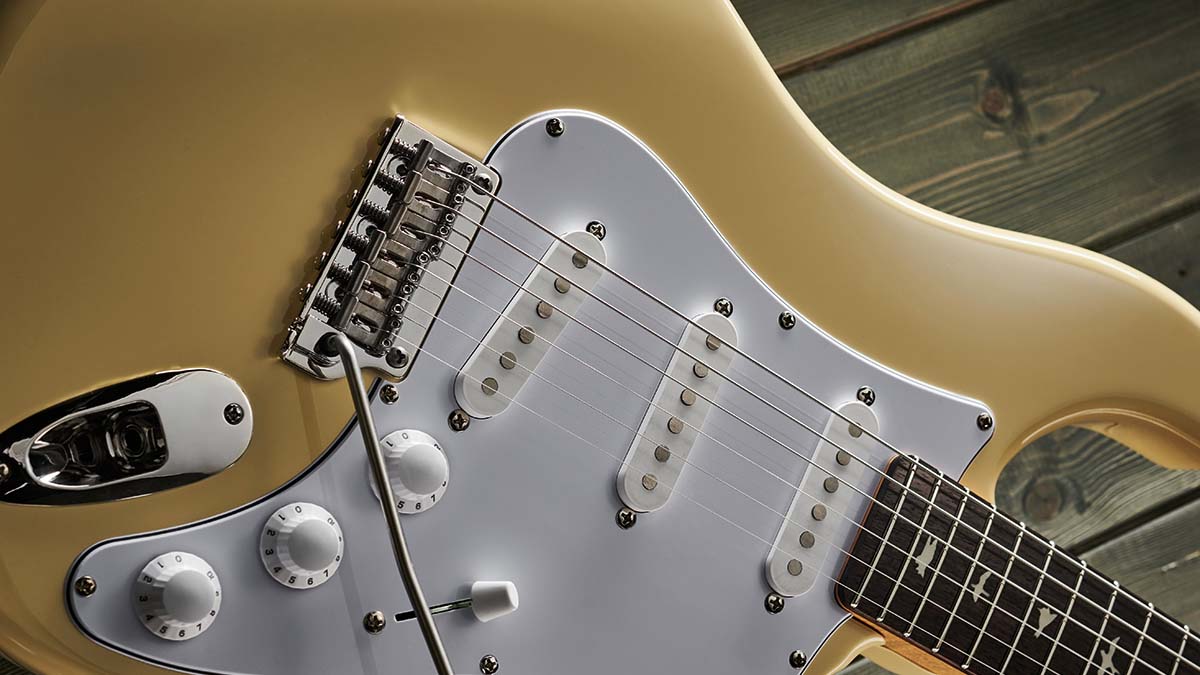
The shaping of both is very close: there’s a very slight edge on the SE where the edge radius flows into the top, back and sides, and a slightly more pronounced hump from the neck into the treble cutaway scoop.
Conversely, the edge radius around the domed front heel of the SE is slightly larger in diameter than the USA model. The neckplates appear very similar (aside from the large SE logo), though the USA model has a flatter texture to its greyer colour. Like the necks, the finish is different on the bodies, too. The SE uses polyurethane, the USA model uses nitro.
The SE feels like a guitar you can sling in the boot of your car, or not worry about jean studs or belt buckles or if the rubber supports on your stand might react to the finish
Elsewhere, the strap buttons are clearly different parts: the SE’s have those little felt washers and slightly domed tops, but like so many of the differences between the two guitars, we can’t help thinking we’re splitting hairs.
A more obvious contrast, however, is the lack of cover plate over the vibrato springs on the back of the USA body; the SE has a standard white plastic cover. Both vibratos use deep-drilled steel blocks, the SE’s being very slightly wider and with a greyer finish. Both use four springs.
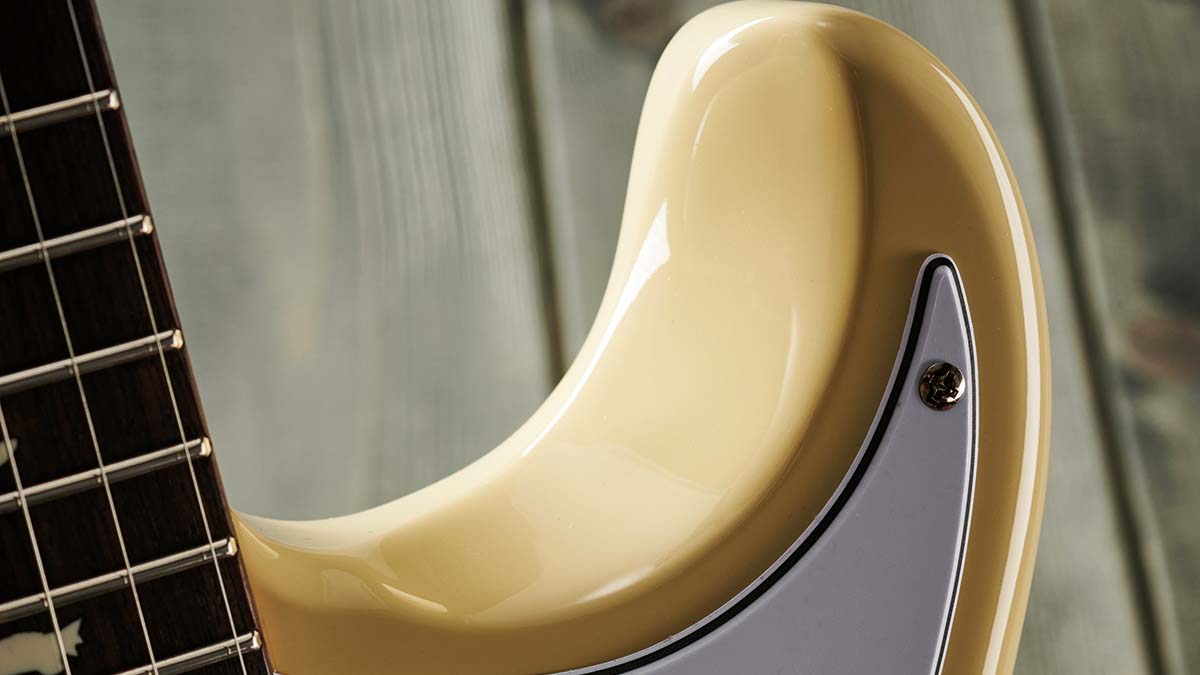
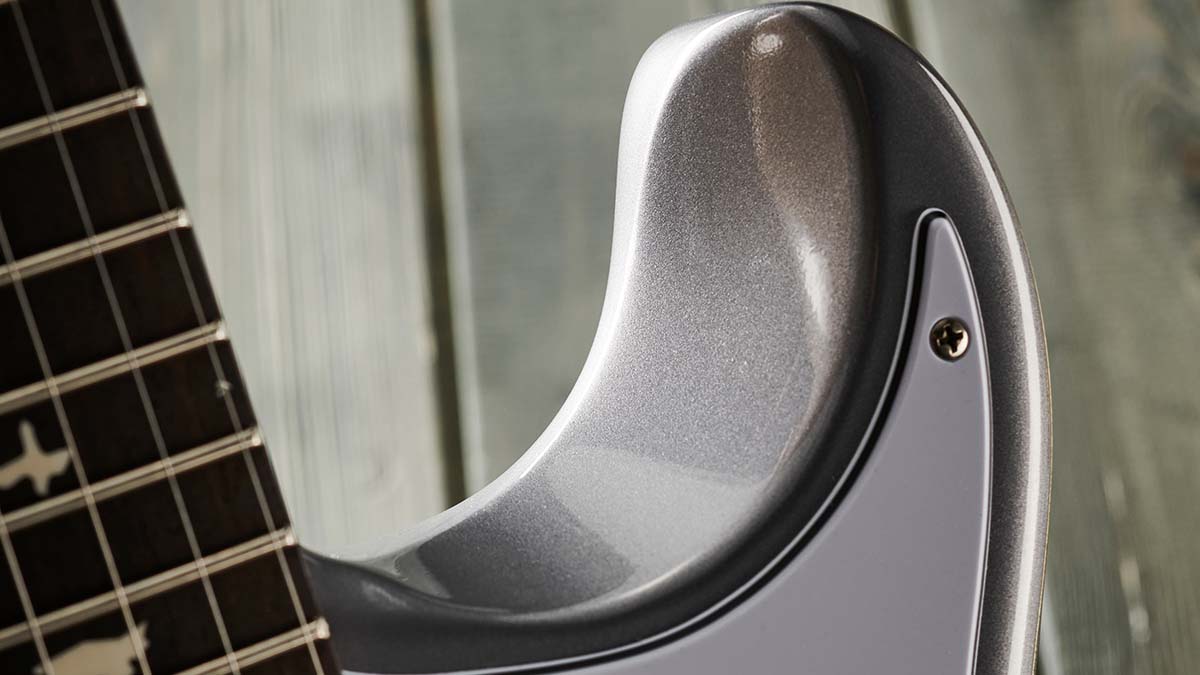
Vibrato Style
It might be a two-post vibrato on the SE (it pivots on two threaded bolts screwed into the body) as opposed to the USA’s six-screw style, but the vibratos otherwise appear very similar, not least the pressed steel saddles.
However, each of these on the USA model sits in tracks to stop any sideways movement under string tension; on the SE only the two outer saddles sit in tracks.
Both arms appear to be stainless steel with a white plastic tip: the USA arm is 4.75mm in diameter and very slightly longer; the SE’s is 4.48mm and also sits very slightly higher from the body face. Both vibratos are set the same with a rise of approximately 3.175mm (1/8 of an inch) at the front, while the back sits flush to the body.
Pickups & Plastic
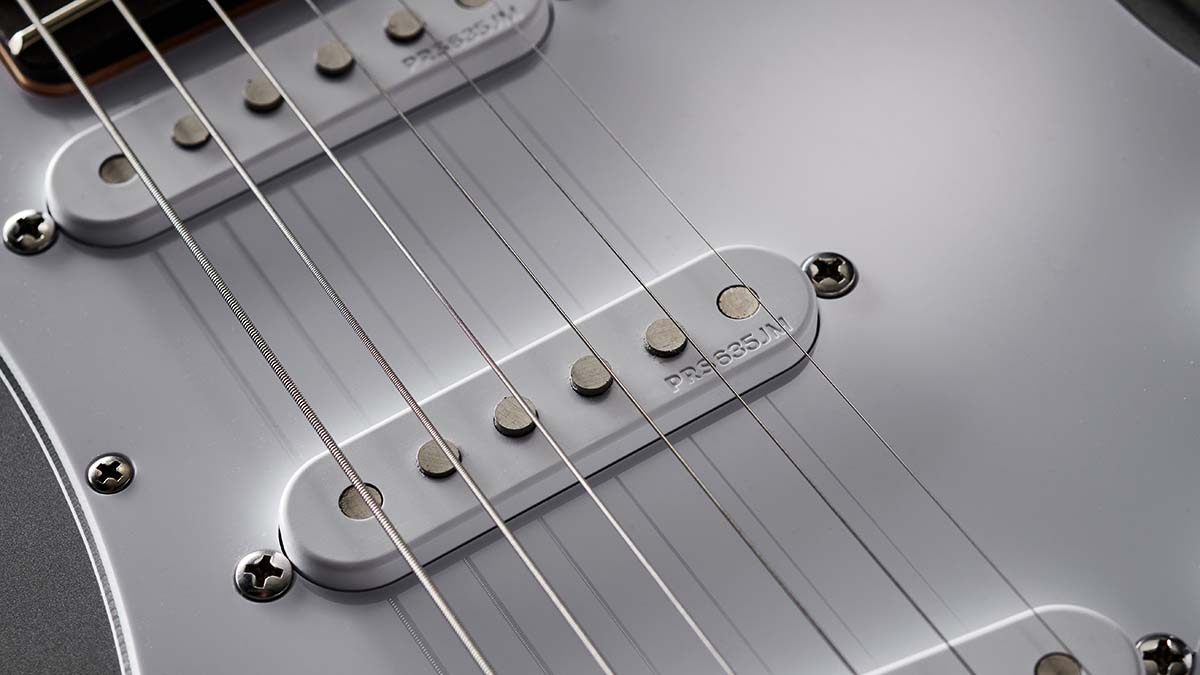
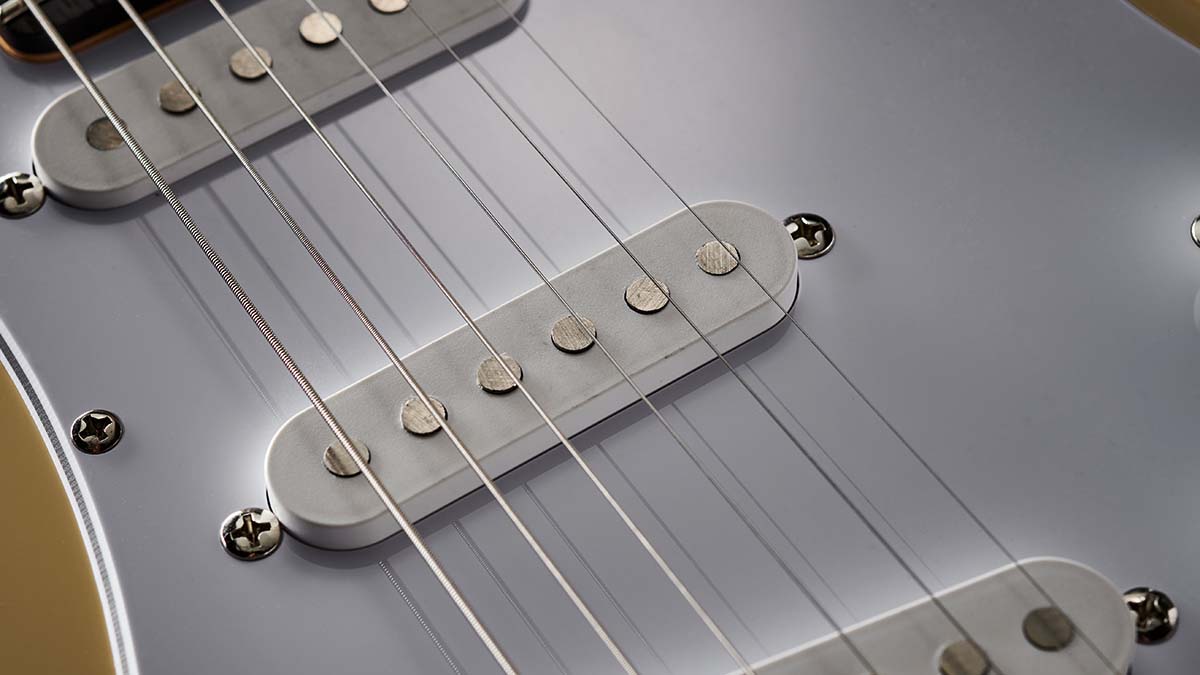
As ever, PRS keeps quiet about what’s under the hood as far as its pickups are concerned. The USA pickup covers have ‘PRS 635JM’ stamped below the top two polepieces and a small radius to the edges of the covers.
The rod magnets on both have a light radius – slightly more on the USA Sky, which are a little narrower in diameter at 4.75mm. We discuss the DCRs of the SE pickups in our review: the USA DCRs, measured at output, read 5.54kohms (bridge), 5.55k (middle) and 5.54k (neck).
The plastic parts are very similar, from the three-ply white/black/white scratchplates, that ‘paddle’ switch cap and even the control knobs where the only difference we can see is slightly thicker and darker colour numbers around the skirt on the SE’s knobs.
One thing the ’Skys share is that output jack dish – the exact same part is used on both.
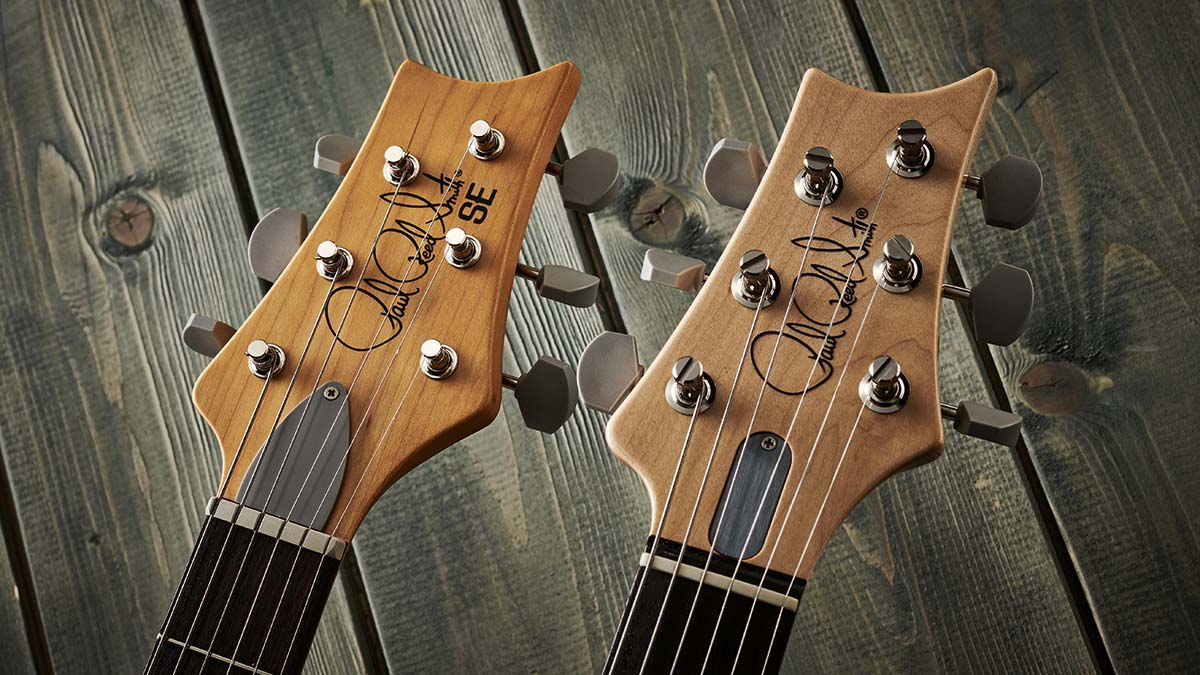
Feel & Sounds
Obviously, the SE Silver Sky aims to be a cut-price replica of the USA model – which it is – but it’s also a hugely viable instrument in its own right, enough in sound terms to be a different tool from the USA Silver Sky, and one you might prefer.
The big cost difference affects our engagement with the guitars, too. The SE, well, it feels like a guitar you can sling in the boot of your car, or not worry about jean studs or belt buckles or if the rubber supports on your stand might react to the finish.
On the other side, and not for the first time with a USA PRS guitar, you can’t help treating it with more respect and care. It’s a major reason, of course, why many of us gig our Mexican Fenders while, if we’re lucky enough to own one, the Custom Shop guitar stays at home.
There is a difference in the size and feel of the two necks. The USA guitar feels slightly bigger in the hand, although our measurement differences are barely half a millimetre apart. For example, the SE’s nut width is 41.8mm; the USA model is 42.28mm with a fractionally wider string-spacing of 36mm as opposed to 35mm on the SE.
But it is a fairly big-shouldered profile, not least by the 12th fret where the SE/USA depths are 24.3mm/24.9mm, while the 1st fret depths are more commonplace at 21.3mm/21.8mm. Frankly, the shaping on both is superb.
As we’ve reported before, the USA Silver Sky is no slouch in the sound department. It’s not just those sounds we hear, but they’re presented with a beautiful depth and sparkle that makes cleans a thing of beauty. That impression of enhancement is vivid here, too, and for anyone who lives in the lightly crunchy area it sounds both rootsy and ‘produced’.
The bridge pickup with a slight tone roll-off might well be the missing sound on so many S-type guitars: it’s a fabulous steely Fender sound and one that we simply can’t match with any of our references. To be fair, though, the SE’s bridge pickup is just as impressive in terms of that depth, and it seems to subtly drive the amp a little harder.
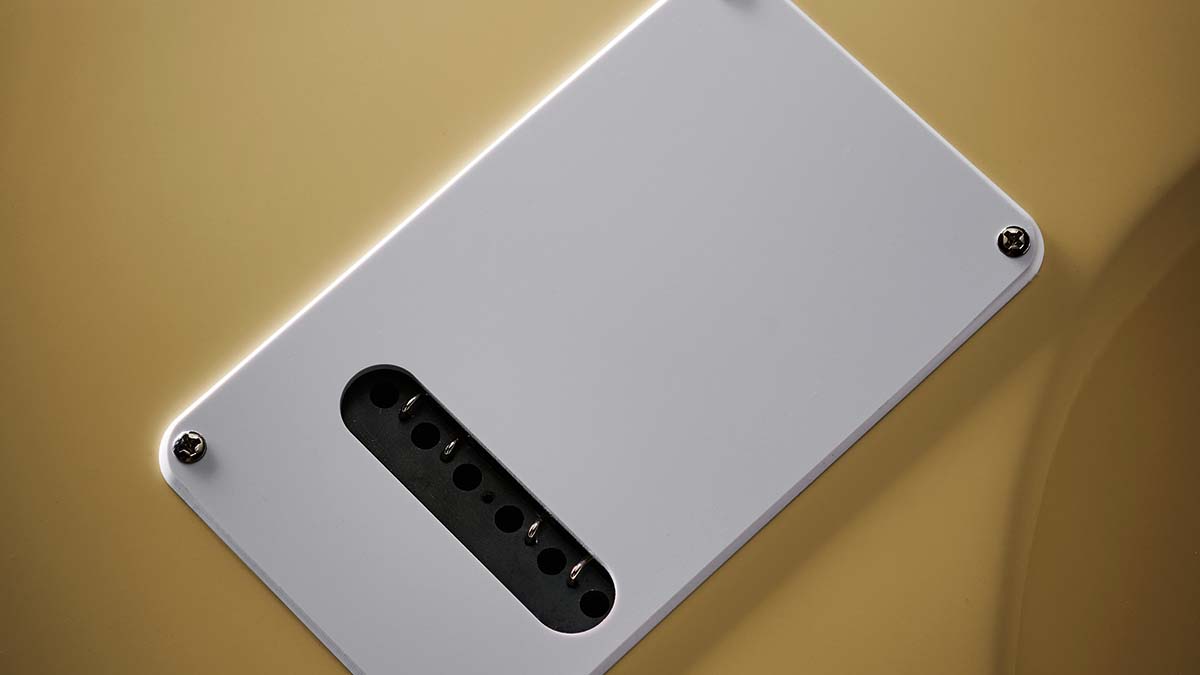
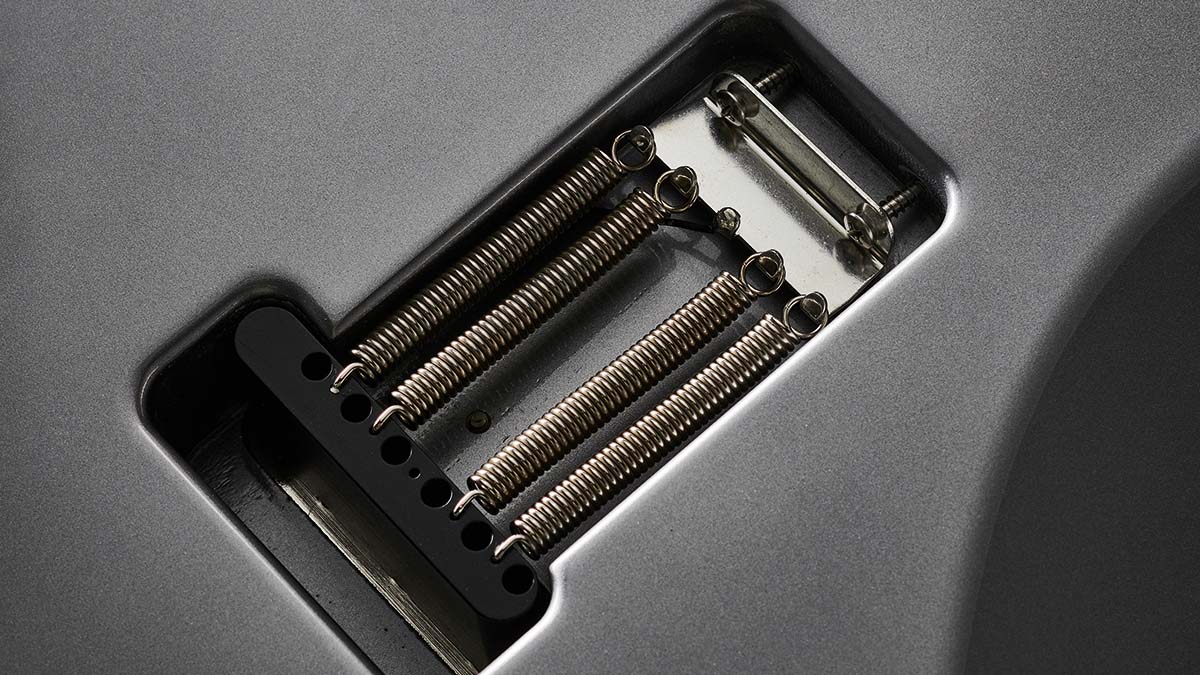
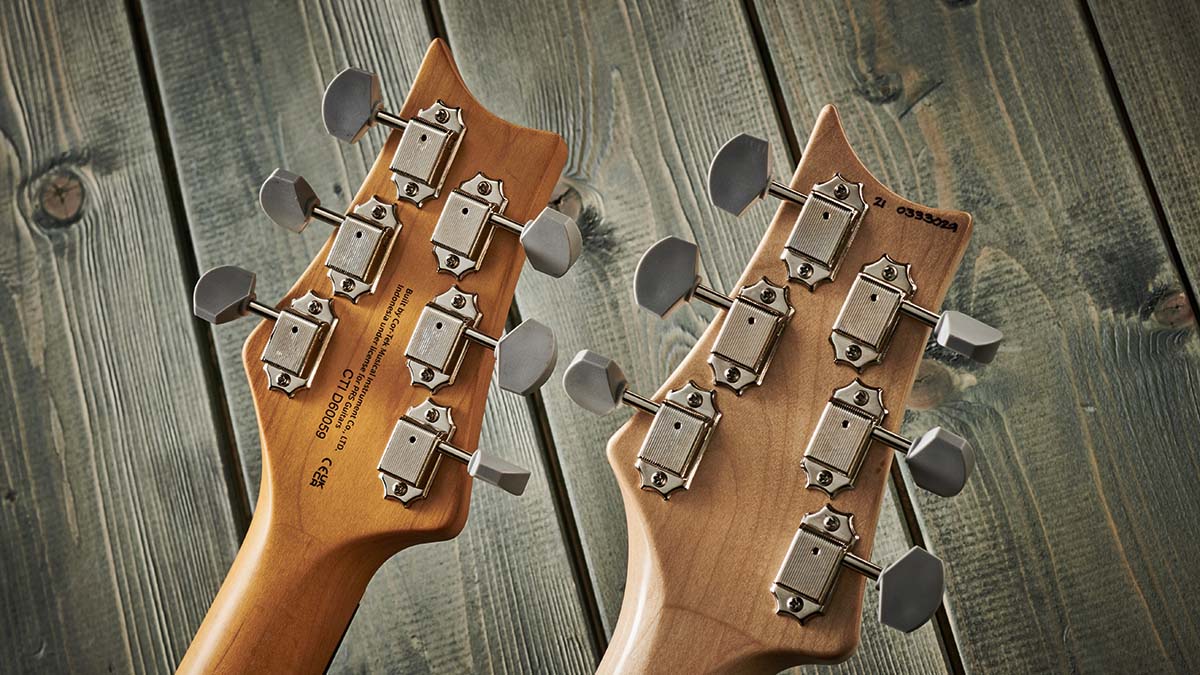
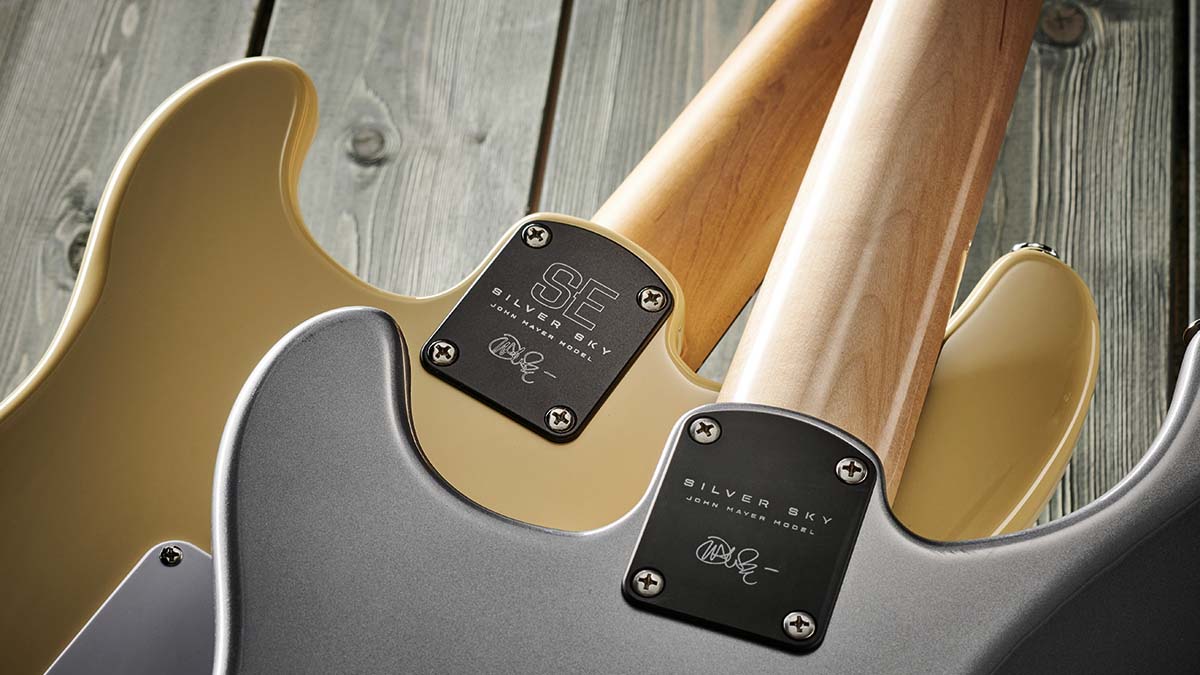
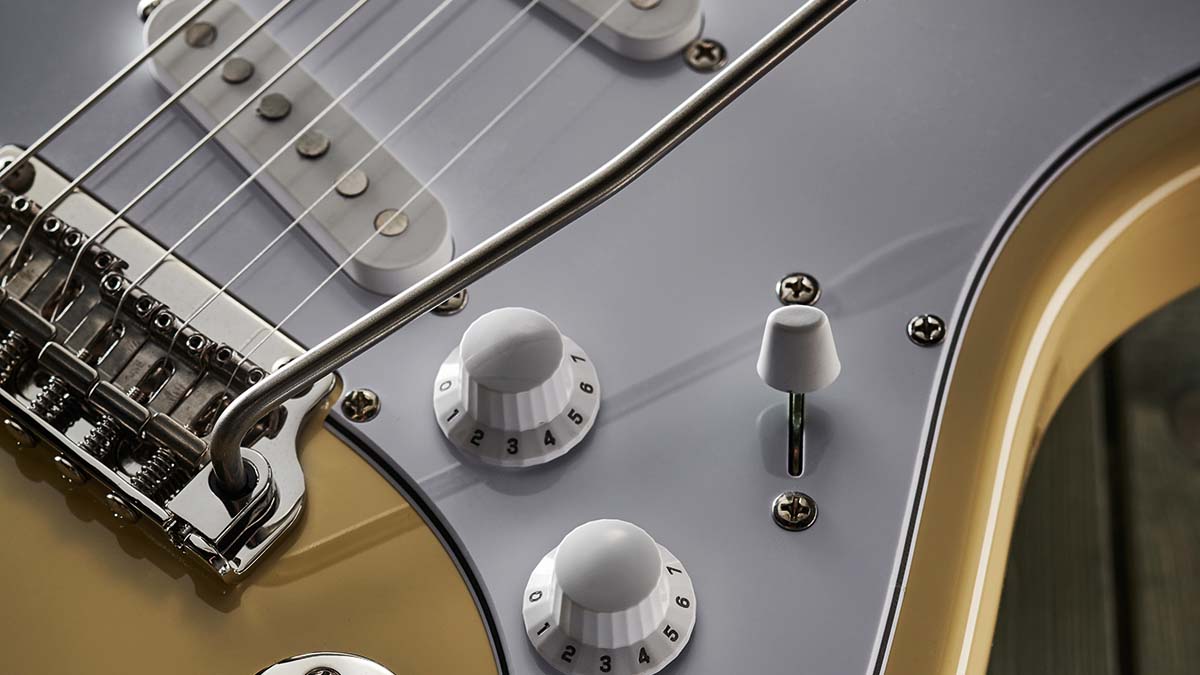
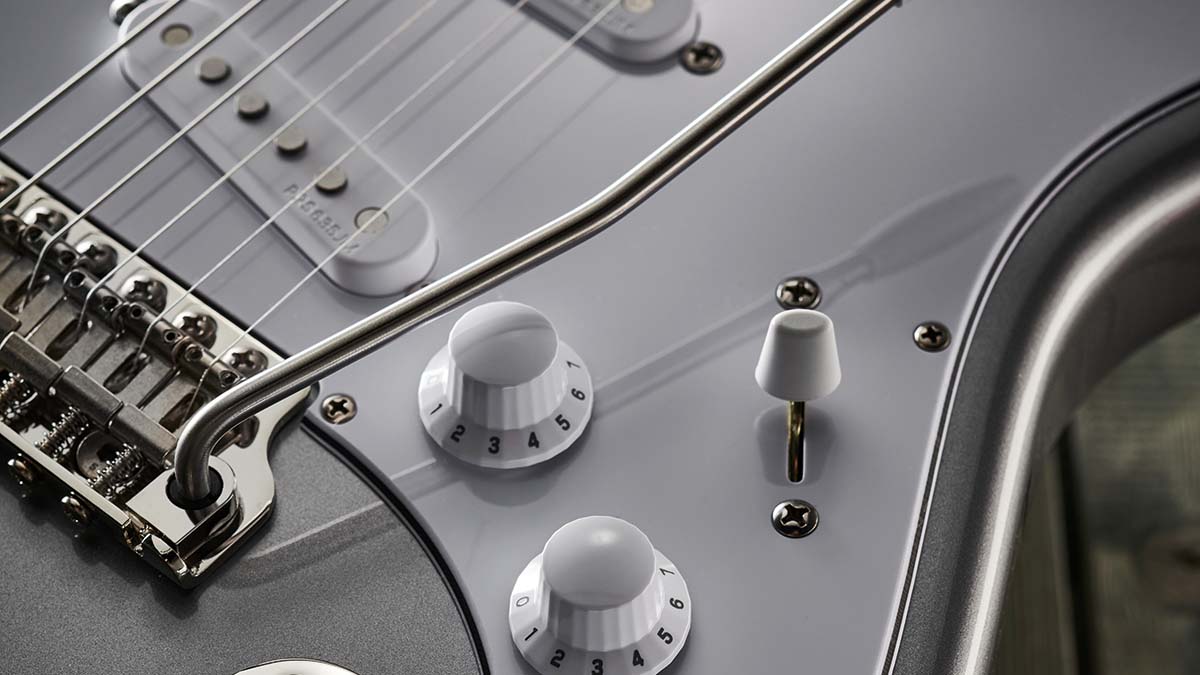
As we continue to compare sound to sound from the USA model to the SE, you’ll hear plenty of differences. For example, there’s a little more clarity to the USA model – but the thing that’s harder to quantify is that the SE’s sounds are just as valid as its build.
Having used the SE to build parts on a couple of recordings, we don’t feel anything is lacking here. And while that additional sparkle of the USA model can certainly be helpful, the parts we sent off to our songwriting partner were primarily played on the SE. Definitely food for thought.

Dave Burrluck is one of the world’s most experienced guitar journalists, who started writing back in the '80s for International Musician and Recording World, co-founded The Guitar Magazine and has been the Gear Reviews Editor of Guitarist magazine for the past two decades. Along the way, Dave has been the sole author of The PRS Guitar Book and The Player's Guide to Guitar Maintenance as well as contributing to numerous other books on the electric guitar. Dave is an active gigging and recording musician and still finds time to make, repair and mod guitars, not least for Guitarist’s The Mod Squad.
